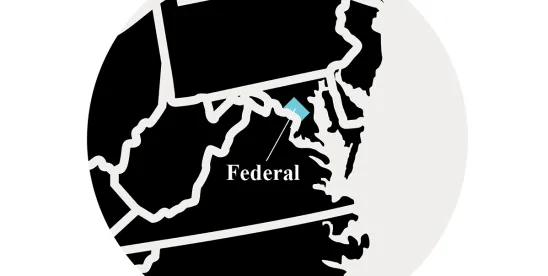The US Court of Appeals for the Federal Circuit affirmed the grant of a preliminary injunction (PI) in the biopharmaceutical space, concluding that the plaintiff satisfied the requirements for injunctive relief, including likelihood of success on the merits. The injunction included “carve outs” for patients requiring access to the affected cancer detection kits. Natera, Inc. v. NeoGenomics Laboratories, Inc. Case No. 24-1324 (Fed. Cir. July 12, 2024) (Moore, CJ; Taranto, Chen, JJ.)
Natera and NeoGenomics are both research-focused healthcare companies manufacturing products used for early detection of cancer relapse. Natera and NeoGenomics both offer products designed to identify circulating tumor DNA (ctDNA) within the bloodstream to assess the efficacy of cancer treatment and the risk of recurrence. NeoGenomics’s product is named RaDaR.
Natera owns two patents, one claiming methods for amplifying targeted genetic material, such as cfDNA, while reducing amplification of non-targeted genetic material, and the other claiming methods for detecting variations in genetic material indicative of disease or disease recurrence, such as ctDNA. Natera sued NeoGenomics, alleging that RaDaR infringed both of Natera’s patents, and moved for a PI. The district court granted the PI, finding that Natera satisfied the requirements for injunctive relief, including likelihood of success on the merits as set forth in Purdue Pharma v. Boehringer Ingelheim (Fed. Cir. 2001). The injunction barred NeoGenomics from making, using, selling, offering for sale, marketing, distributing or supplying RaDaR, with certain carve outs for patients already using RaDaR and for finalized or in-process research projects, studies and clinical trials.
To show a likelihood of success on the merits, Natera had to show that it would likely prove infringement and that its infringement claim would likely withstand challenges to the validity and enforceability of the patents. On appeal, NeoGenomics argued that the district court did not properly evaluate the likelihood of success on the merits factor because it failed to resolve a claim construction dispute and instead applied an erroneous construction.
The Federal Circuit noted that NeoGenomics first raised the erroneous claim construction issue in its motion to stay the PI pending appeal, and that neither party raised a claim construction dispute during the PI briefing. The Court therefore concluded that the district court did not abuse its discretion by not engaging in explicit claim construction before evaluating likelihood of infringement. The Federal Circuit also found that the district court did not err by implicitly construing the claims because Natera presented evidence suggesting that RaDaR’s multi-cycle polymerase chain reaction (PCR) process likely practiced the tagging and amplifying steps of the relevant claims.
NeoGenomics also argued that the district court applied an incorrect legal standard in evaluating NeoGenomics’s obviousness challenge, asserting that “mere ‘vulnerability’” of the patent to an invalidity challenge sufficed to defeat a PI. The Federal Circuit explained that the correct analysis addresses whether the patentee has shown that it is more likely than not to prevail over an invalidity challenge. The Court explained that it was not sufficient to merely allege that the individual elements of the claimed invention were known in the prior art, and that NeoGenomics did not sufficiently establish a motivation to combine in view of competing evidence presented by Natera.
NeoGenomics also argued that the district court failed to tether its obviousness challenge to the claims. The Federal Circuit disagreed, stating that unclaimed factors relevant to the feasibility of creating a useful claimed invention can impact the motivation to combine analysis if a skilled artisan would reasonably consider them.
Regarding irreparable harm, NeoGenomics argued that the district court legally erred by requiring only a showing of direct competition between the parties. The Federal Circuit agreed with the district court in finding that Natera had shown a likelihood of irreparable harm because:
- The parties directly compete in a two-player market where the market share of one came at the expense of the other.
- Natera is unwilling to license the asserted patent.
- In terms of the biopharmaceutical space, Natera was confronted with potentially lost partnerships, disrupted business relationships and lost clinical opportunities.




 />i
/>i

